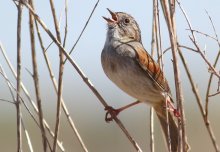

Retweet
Stubborn sparrows may have sung the same songs for hundreds of years
By preserving songs for centuries, American swamp sparrows show a cultural stability previously only seen in humans.



Stubborn sparrows may have sung the same songs for hundreds of years
By preserving songs for centuries, American swamp sparrows show a cultural stability previously only seen in humans.
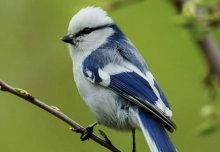

Sister species of birds reveal clues to how biodiversity evolves
Extensive new datasets about the world’s birds are helping to solve the riddle of how life on Earth diversified.
 1
1


Why do older male birds father more illegitimate children?
When female birds have chicks as the result of an extra-marital fling, the fathers are almost always older males, and scientists are finding out why.
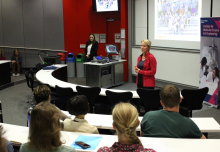

Innovation by evolution: bringing new chemistry to life
The Institute for Molecular Science and Engineering (IMSE) hosted Professor Frances Arnold to deliver an inspiring Highlight Seminar this week.


We still don’t know how strange celibate animals evolve
A new study has cast doubt on leading theory for how tiny creatures have evolved for tens of millions of years - without ever having sex.


How bacteria turbocharged their motors
Using detailed 3D images, researchers have shown how bacteria have evolved molecular motors of different powers to optimise their swimming.


Birds' unique skulls linked to young dinosaur brains
Bird skulls and brains look like those of young dinosaurs, providing clues to their unique evolution and modern success.
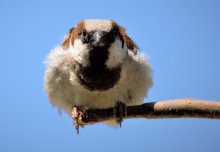

When collecting bird sperm, method matters
Different methods of collecting bird sperm produce different sperm lengths, potentially affecting the conclusions of fertility studies.
 3
3


Video
How birds fly determines the shape of their eggs
Sleek bird species adapted to flight lay more elliptical and asymmetric eggs, according to new research that overturns classic theories.
 2
2
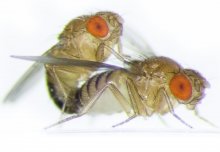

Female fruit flies become more aggressive towards each other after sex
Chemicals in male fruit flies' semen cause females to become more aggressive and intolerant towards each other after mating, research reveals.
 2
2